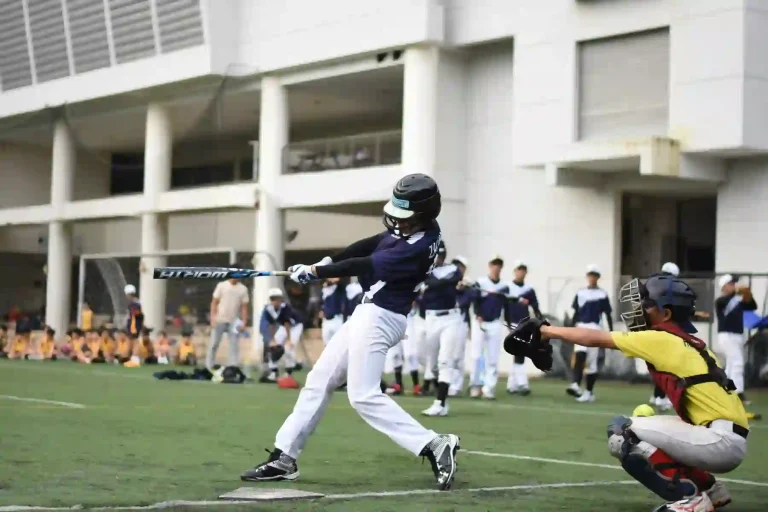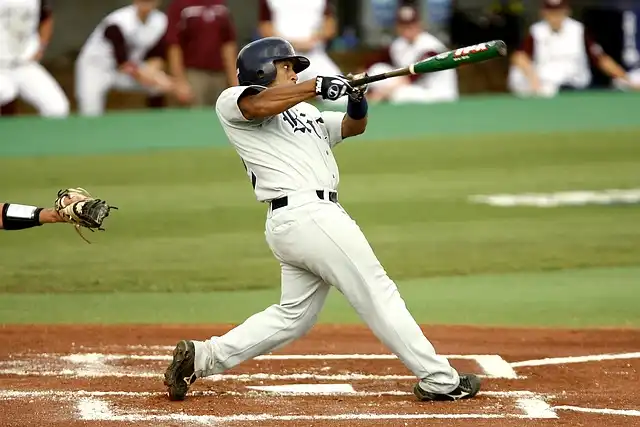
What’s An MLB Tryout?
Have you ever thought that it would be a dream come true for you if you could play in Major League Baseball (MLB)? Then you should try out for MLB tryouts. The tryouts are a chance for players to audition in front of MLB scouts for an opportunity to sign with a professional club. Tryouts for an MLB team are competitive, and it’s about more than just skill — it’s about preparation, dedication, and expertise. In this post, we’ll dive into everything you need to know about MLB tryouts, including minor league baseball tryouts, open tryouts, and independent league baseball tryouts.
Steps on How to Prepare for MLB Tryouts
Training for MLB tryouts. There are several things you can do to prepare yourself physically and mentally for tryouts. For starters (pun intended), a strong foundation of baseball skills. You need to concentrate on your hitting, fielding, and pitching. These are the main ingredients that game scouts look for. Fitness is also essential; tone your body and train it to meet the physical demands of the sport.
You should also understand the format in which baseball tryouts MLB are held. Teams are looking for players who can differentiate themselves, so you need to showcase your unique skills. At Major League Baseball open tryouts, it’s all about trying to make something happen in a short period.For insights into player performance metrics, check out WHIP in baseball.

Tryouts for MLB vs. Independent Leagues
MLB Tryouts:
Major league teams, or entities like the MLB Scouting Bureau, usually stage these workouts. These tryouts are generally invitation-only, but there are major league open tryouts for anyone to attend. MLB tryouts take place at multiple locations, and they are a way for teams to evaluate amateur and semi-pro players to supplement their rosters.If you’re curious about how players enhance their bats, read about bat rolling.
Minor League Tryouts:
If you’re unable to attend MLB tryouts, there are other Minor League baseball tryouts to consider. The minor leagues are a breeding ground for future MLB’s masters of the universe. You’re generally competing for less space than at an MLB tryout, but the level of play is still very high. These are where players can refine their skills before moving up to the Big Show.
The minor league baseball tryouts 2024 was a chance for upcoming players. Most minor league teams hold annual tryouts, and that’s your chance to prove your worth and earn a spot.To understand team compositions better, learn how many players are on a baseball team
Independent Baseball League Tryouts:
Not every player gets drafted by an MLB or minor league team immediately. Luckily, there are other opportunities, such as indy baseball tryouts. Tryouts for independent league baseball serve as an avenue for players who slip through the cracks of the traditional scouting system. The leagues are not affiliated with MLB’s farm system, but they are professional baseball leagues.
The best place to get exposure, if you’re looking for more, is independent baseball league tryouts. MLB teams scout most baseball players on independent league teams in one way or another. Ideal for experienced players who still want a taste of professional baseball.
Independent Pro Baseball Tryouts:
For more experienced players who have not yet made it to an MLB roster, independent pro baseball tryouts offer a critical opportunity to continue playing professionally. These tryouts draw veterans from the professional circuit and college players who aspire to the pro circuit. It’s a method of keeping your career alive while you wait for an MLB opportunity.
Attending Open Tryouts:
Open tryouts are one of the best ways to be seen by MLB scouts. Tryouts are generally less structured than invitation-only showcases, but they allow you to show what you’ve got. Professional teams typically hold open tryouts; even MLB and independent league clubs do so. By way of attending these tryouts, you get in front of people who have been you. Even if all you’re doing is hoping to get noticed by some minor league tryout camp, the value of the experience is incalculable.And if you’re wondering about professional opportunities after making it, find out about MLB umpire salary

What Tryout Scouts Are Looking For?
Baseball Tryout Scouts Who go to pro or MLB Tryouts. They have a specific set of player attributes they look for. They assess players in terms of speed, agility, hitting, pitching, and overall athleticism. The biggest ones are the mental aspects of a player, the heart and dedication, perseverance, and focus. Those are things that can drive you above the other basic, following-up players.
How You Can Improve Your Chances of Being Noticed:
Besides the obvious need to display your skills on the field, how you conduct yourself at a tryout is also essential. Be on time, be professional, and follow up after the event. Making a good impression is going to help improve your chances of getting called back for more minor league tryouts (or having them look out for you for MLB tryouts).
Conclusion:
Whether you’re trying to make it to MLB tryouts, or considering going to a baseball game, or just dreaming of getting some time on the independent league field, this quide will help you out. Reaching pro baseball requires labor and relentless energy and a desire to not let an open door close. And remember to plan well, keep a good attitude and stay true to your dream. Keep trying to find open tryouts, and prepare to do your best. No matter the path, each tryout bounces you another step closer to professional baseball.
FAQs:
How do I find MLB tryouts near me?
You can look for MLB tryouts on the official Major League team websites or the MLB Scouting Bureau’s website.. Furthermore, many teams post the date and time for tryouts on Facebook or sports-specific websites.
Do major league baseball teams have open tryouts?
Yes, some MLB teams have open tryouts that are open to the public; anyone can attend and show off their skills. Such tryouts are generally announced on team and scouting websites.
Can I try out for independent league baseball if I haven’t been scouted?
Absolutely! Plenty of independent league baseball tryouts are open to anyone, offering a possible shot in the dark for those who haven’t gotten a chance in the MLB.
Are there age limits for minor league baseball tryouts?
Except for a few age restrictions, minor league baseball tryouts center on skill level. Players of any age can be invited, but those who are not physically prepared for the game’s rigors will struggle.
Why are minor league tryouts better than major league tryouts?
Tryouts for farm teams are where many people get a chance to make it to professional baseball. They provide experience that can get you called up to the MLB. The minor leagues are where a lot of Major League Baseball players learn the game.
What are pro baseball tryouts, and how are they unique from other tryouts?
Pro baseball tryouts focus on assessing players who may have what it takes to play professionally, typically in independent leagues or the minor leagues. These are invitations for players who have already shown they possess baseball skills.
Can I try out for a minor league team if I’m not scouted?
Yes, minor league tryouts at this level are often open to the general public, provided the player has the necessary talent to play professional baseball. The tryouts are a chance for teams to evaluate players who could fill roles on minor league rosters.
